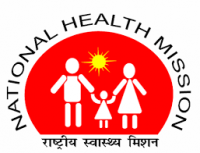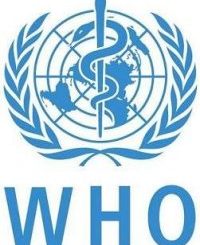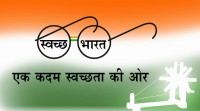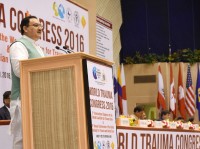
Millennium Development Goals (MDGs) are eight international development goals set by the United Nations which member countries, including India, have agreed to achieve by the year 2015. MDGs directly pertaining to Health Sector and the progress made by India is as under:
Goal 4: Reduce Child Mortality: Target is to reduce Under Five Mortality Rate (U5MR) by two thirds between 1990 & 2015. In case of India, it translates into a goal of reducing U5MR to less than 39 per 1000 live births by 2015. As per the WHO/UNICEF report “countdown to 2015 on maternal, newborn& child survival” (released in June 2012), India has made insufficient progress with respect to U5MR. However, as per the latest available estimates from the office of Registrar General of India (RGI), the U5MR was 55 per 1000 live births in 2011.India has been achieving a consistent decline of 5 points each year during the period 2008-2010. There has been a further decline of 4 points in 2011. At this pace, India is expected to reach the MDG target.
Goal 5: Improve Maternal Health: Target is to reduce Maternal Mortality Ratio (MMR) by three quarters between 1990 & 2015. As per the estimates of MMR released by the WHO, UNICEF, UNFPA and the World Bank, India requires to reduce MMR from 600 in 1990 to 150 per 100,000 live births in 2015. As per the report “countdown to 2015 on maternal, newborn& child survival”, India is “making progress” to achieve MDG-5.
Further, as per the latest estimates released by the office of RGI, the MMR in India stands at 212 per 100,000 live births during 2007-2009.Assuming that the 5.8% compound rate of annual decline observed during 2004-06 and 2007-09 will continue,India’s MMR is likely to reduce to 139per 100,000 live births in 2015, achieving the MDG target.
Goal 6 : Combat HIV/AIDS, malaria, and other diseases. Targetis to halt by 2015 and begin to reverse the spread of HIV/AIDS and the incidence of malaria and other major diseases.
The progress made so far in this regard is as under:
- In case of HIV/AIDS, new annual HIV infections have declined by 57% during the last decade from 2.74 lakhs in 2000 to 1.16 lakhs in 2011.
- In case of malaria, Annual Parasitic Incidence has been brought down from 2.57 cases per 1000 population in 1990 to 1.10 cases per 1000 population in 2011 and to 0.85 cases(provisional) per 1000 population in 2012.
- In case of Tuberculosis (TB), as perthe ‘WHO Report 2012 Global Tuberculosis Control’ prevalence of all forms of TB in India has come down from 465 per 100,000 population in 1990 to 249 per 100,000 population in 2011. Further, the mortality has reduced from over 38 per 100,000 population to 24 per 100,000 population during this period.
The above MDG targets and achievements are at National level and there are no State specific targets.
The National Rural Health Mission (NRHM) was launched in 2005 with the aim to improve the availability of and access to quality health care including Maternal and Child Health services and disease control programmes particularly to rural population throughout the country, with a special focus on 18 States with weak public health indicators and infrastructure.
The following steps have been taken by the Government to achieve the MDG indicators in the health sector in the country.
For reducing child mortality, the steps taken include Integrated Management of Neo-natal & childhood illness, training of ASHAs (Accredited Social Health Activist) in Home based new born care, Navajat Shishu Suraksha Karyakram, setting up of sick new born care units at district hospitals, promoting exclusive breastfeeding and complementary feeding, strengthening routine immunisation programme, focussing on reduction in morbidity and mortality due to Acute Respiratory Infections (ARI) and Diarrhoeal Diseases, name based tracking of pregnant women and children, etc.
For improving maternal health, the steps taken include promoting institutional deliveries, strengthening of infrastructure, Strengthening of Essential and Emergency Obstetric Care services, Strengthening Referral Systems, launching of JananiShishuSurakshaKaryakaram, Maternal Death Review, organising village health and nutrition days, engagement of ASHA at community level, introduction of integrated mother and child health card,etc.
The steps taken to control diseases like HIV / AIDS, Malaria and Tuberculosis include early diagnosis and treatment, improving monitoring and evaluation, strengthening human resources, involvement of NGOs, Private sector and community, providing services near to the doorstep of community, etc.







Leave a Reply
You must be logged in to post a comment.